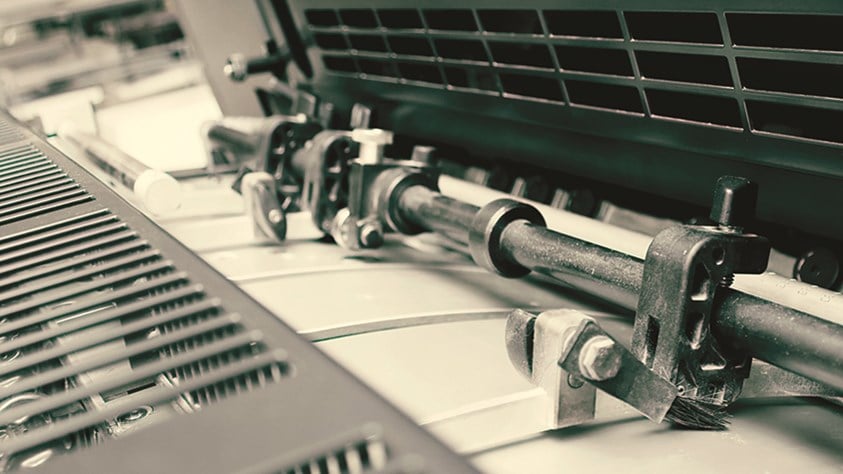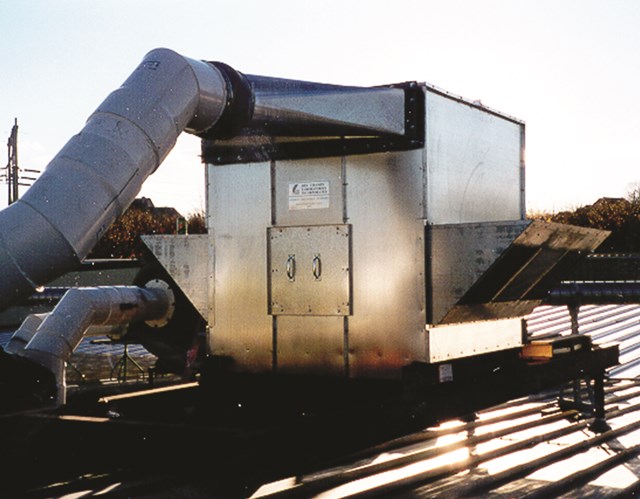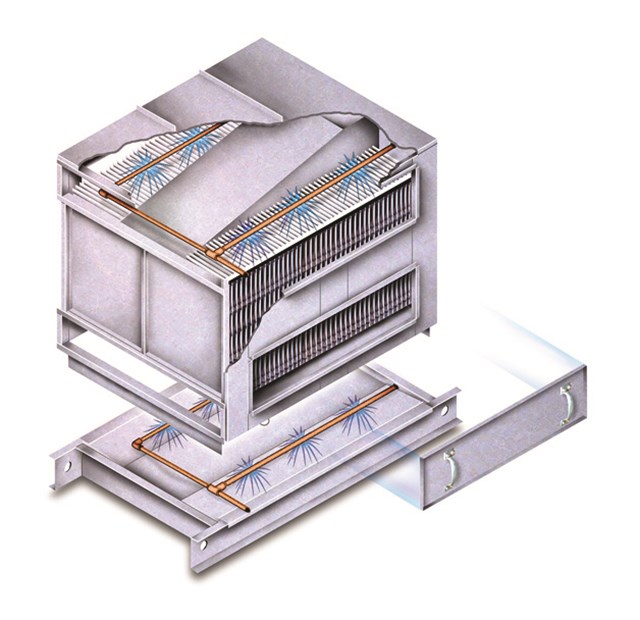Ha ocurrido un error cuando se ha enviado el mensaje, por favor, inténtelo más tarde
Áreas de negocios
Registrarse
Industrias
-
Ganadería
- Automotriz
- Battery
- Procesos químicos
-
Edificios comerciales y públicos
-
Construcción
- Data centers
-
Industria militar y aeroespacial
-
Electrónica
-
Alimentos y bebidas
-
Industria
-
Invernaderos
-
Sanidad
- Diésel, gas y petróleo
- Farmacéuticas
-
Generación y distribución de energía
- Industria papelera e imprentas
-
Actividades recreativas y de ocio
-
Supermercados
-
Industria naval y marina
- Industria siderúrgica
-
Almacenamiento y conservación
- Estructuras temporales
- Plantas de tratamiento de agua
Soluciones
- Sistemas de confort para edificios
- Cold storage
- Temperatura y humedad combinadas
-
Enfriamiento
-
Data center cooling
- Deshumidificación
-
Drying Rooms
- Recuperación de energía
-
Farm-management
-
Calefacción
-
Humidificación
-
Mist Elimination and Gas Liquid Separation
- Separación de gotas
- Control de la contaminación y la reducción de COV
- Spray drying
-
Ventilación
- Service
- Alta Temperatura
-
Mass Transfer
- Calefactores
- Climate and Irrigation Controllers for Agriculture
- Depuradores de aire para agricultura
- Deshumidificadores
- Enfriadores y Humidificadores
- Entradas de aire
- Equipos de recuperación de energía
- Polución y Control de las Emisiones de Compuestos Orgánicos Volátiles
- Separadores de gotas
- Temperatura combinada y Control de la humedad
- Transferencia de masa
- Ventiladores y Filtros de luz



